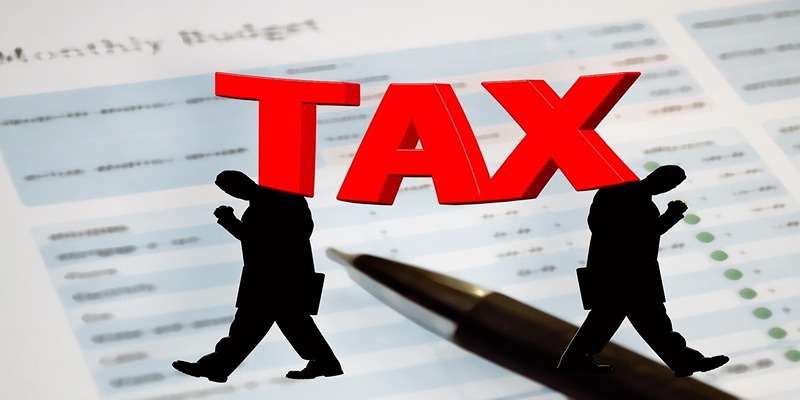Introduction
You can save for retirement on your own, even though the vast majority of currently employed people do so through a scheme that their employer sponsors. If you do not receive a monthly income, it is not as difficult as you might believe in saving money. You also do not need a regular income source to qualify for the tax benefits that come with many plans. There are several different options to save for retirement without the assistance of an employer, such as opening a solo 401(k), a spousal individual retirement account (IRA), or a health savings account (HSA).
Save in a Traditional IRA
An Individual Retirement Arrangement, sometimes known as an IRA, is a savings plan available to people so they can put money away for their retirement. A traditional individual retirement account (IRA) is an easy way to build a nest egg, mainly if you cannot afford to put away a significant amount of money each year. Although it is not explicitly designed for self-employed people, employees can also open one of these accounts. You are eligible to contribute up to $5,500 to an IRA in 2016, provided that you have earned money, or up to $6,500 if you are 50 or over. You can invest in various securities by opening an account with a bank or other financial institution, investment firm, or even a life insurance company.
A standard individual retirement account (IRA) also has several attractive tax advantages. Suppose a retirement plan covers neither you nor your spouse at work, and your modified adjusted gross income is $183,000 or less. In that case, you are eligible to deduct the total contribution amount from your federal tax return. This is the case if you meet both of the requirements mentioned above. In addition, you won't have to pay any taxes on the profits made by your IRA investments until the time comes when you start withdrawing money from the account.
If You Haven't Had A Steady Paycheck
Even if your income fluctuates from month to month or year, you should still make every effort to maintain a stable and controllable level of expenditure. If, for instance, you restrict your spending to the amount you earn during a month in which your earnings are relatively low, you will have money to spare during the months in which you are particularly successful. You can then put this extra money into your retirement fund to help make up for the months you could not contribute to your accounts. Because retirement accounts with contribution restrictions work every year, you will be able to save money year after year so long as you make your contributions at some time throughout the year (or before Tax Day of the following year, if you want to contribute beyond that date).
Use the 25x Rule to Calculate Your Retirement Needs
If you have a better sense of your annual expenses when you retire, you can construct a more tailored target for yourself by using the 25-times rule. Create an estimate of your annual expenses once you're retired, then multiply that figure by 25. According to the 25x rule, for example, if you anticipate that your annual spending will be $50,000, you will need a total of $1.25 million before you can retire without worrying about emptying your savings too soon. This rule of thumb is predicated on a hypothesis known as the 4% safe withdrawal rate. The 4% rule implies that throughout a 30-year retirement, you can comfortably remove 4% of your portfolio in the first year of retirement, then continue withdrawing the same dollar amount, adjusted for inflation each year, to prevent using up your resources too soon.
SEP IRA
You are eligible to open a Simplified Employee Pension (SEP) IRA if you work for yourself or have a job that requires you to work part-time. Participating in one of these programs allows you to receive a tax deduction on your contribution, and the money in the account will grow tax-free. SEPs, similar to traditional IRAs, can be opened at virtually any brokerage or fund company. If you have formed your company as an LLC, the most money that may be saved in a SEP at one time is equivalent to 25 percent of your annual salary (PDF), which is capped at $58,000 in 2021 and $61,000 in 2022. The same maximum applies to people who are not incorporated, but the percentage of income that can be contributed is decreased because of deductions. One of these deductions is half the self-employment tax (the FICA tax). Someone making $100,000, for instance, has the potential to contribute as much as $18,587 this year. (To assist you in calculating your SEP contribution, you might find it helpful to use a calculator available online, such as the one provided here.)
How Much Should You Save?
To the greatest extent, that is feasible. Indeed, you will be required to set aside at least 15 percent of your salary; this is a good baseline, but the actual quantity will depend on how long you plan to continue working, the type of inheritance you may receive, and a whole host of other factors that are unknown to you. So get started with something, even if it's just $25 out of each paycheck. After that, make it a goal to increase the amount you put away each year. Start young and maintain a consistent routine to make frugal spending a habit.

Conclusion
Self-employed people can invest in a solo 401(k), which offers higher contribution limits than the traditional 401(k) that businesses often provide for their employees. If one partner has taxable income, the other can contribute to their retirement account (IRA). The restriction that health savings accounts can only be used to pay for qualified medical expenses is lifted once account holders reach the age of 65.




